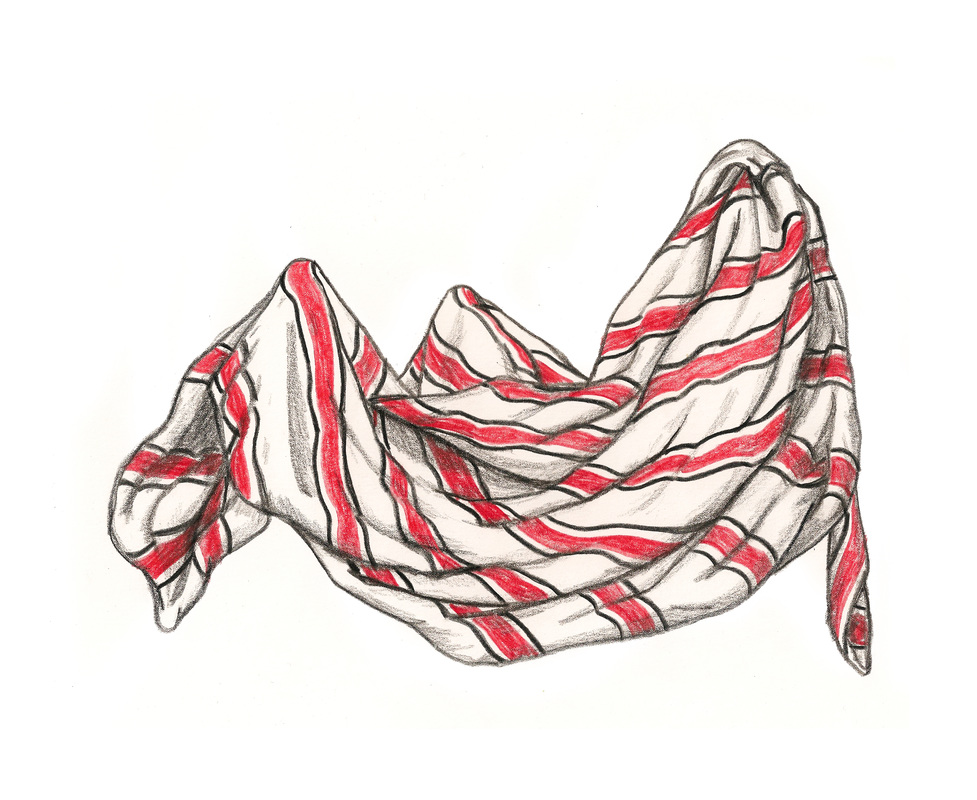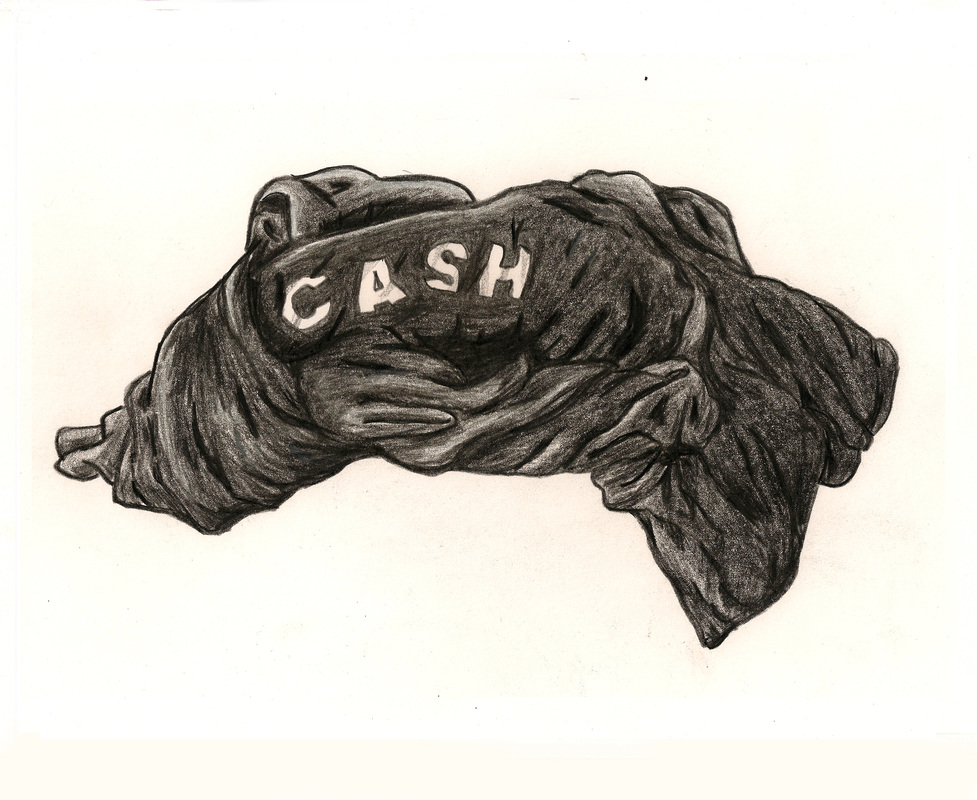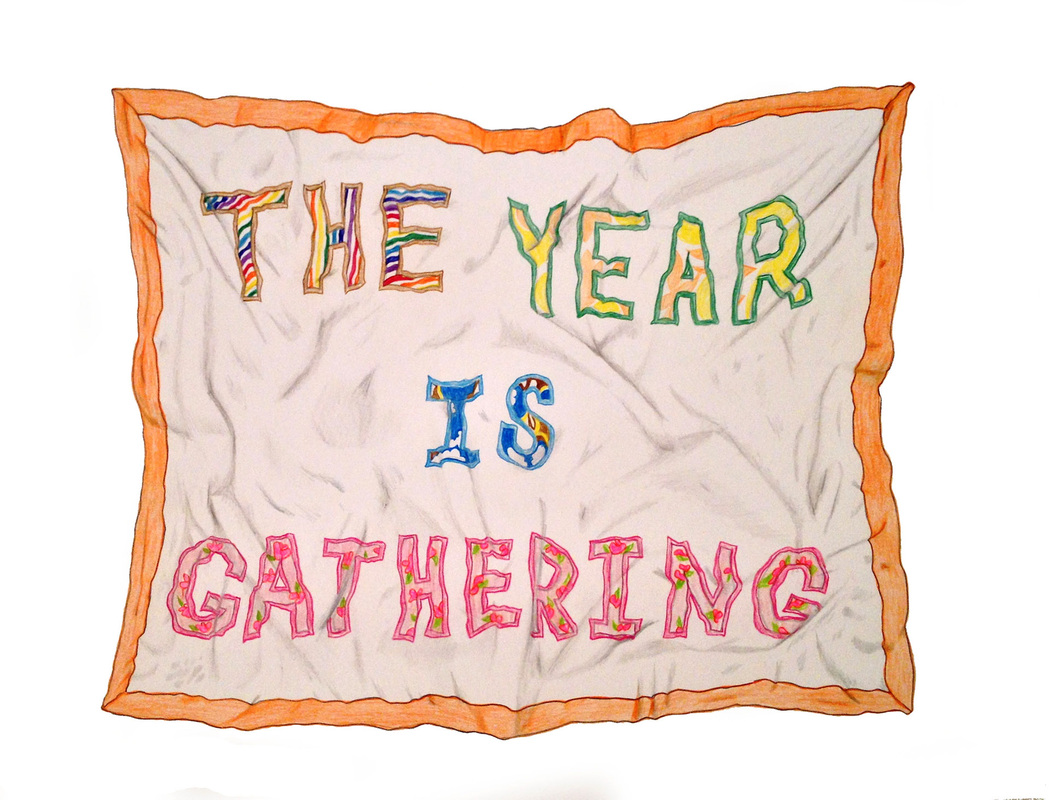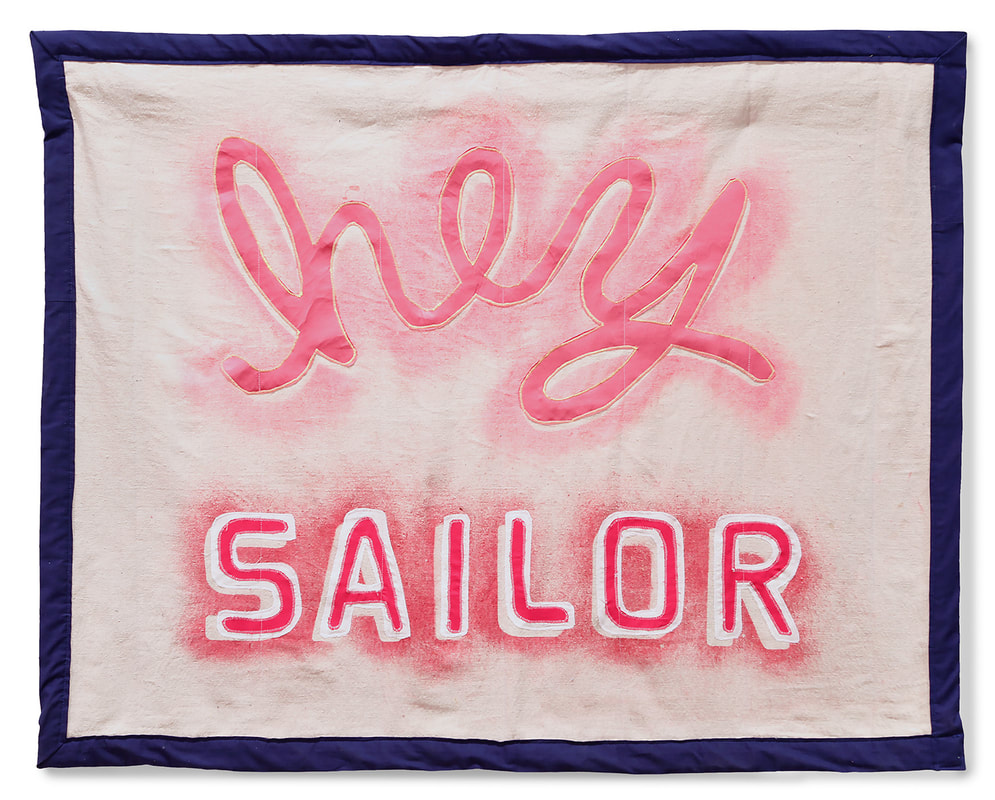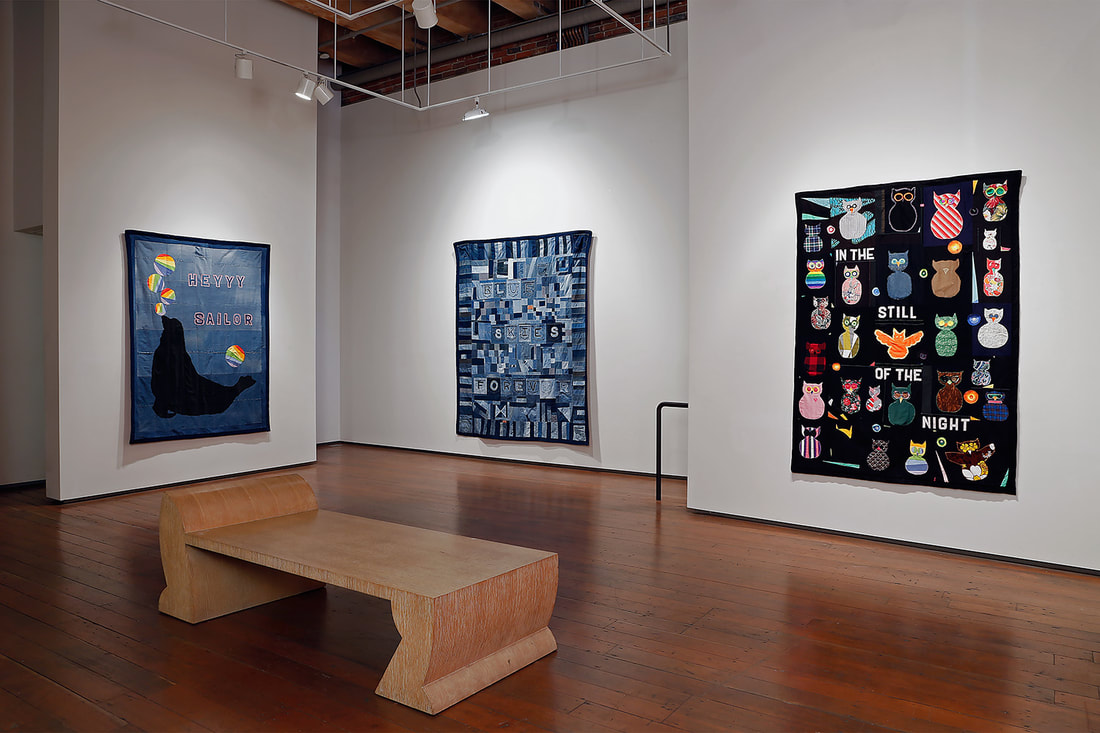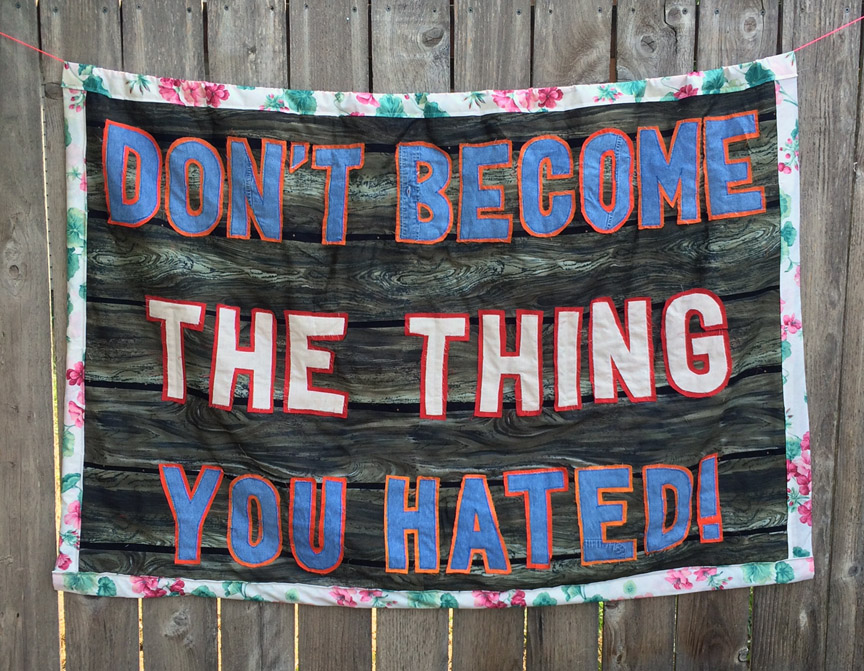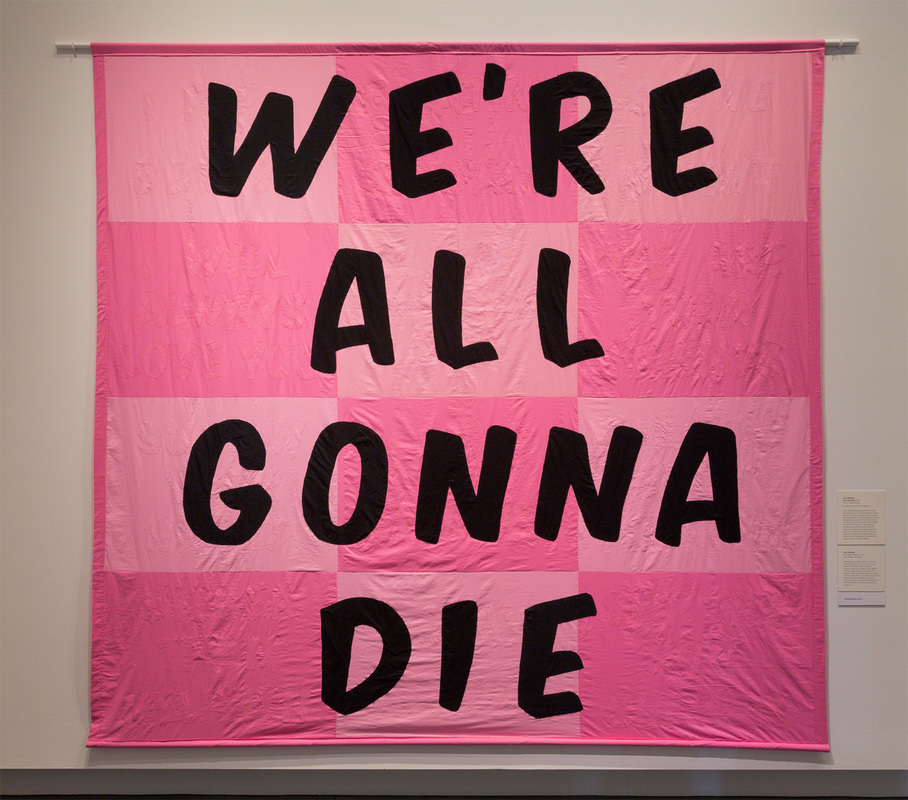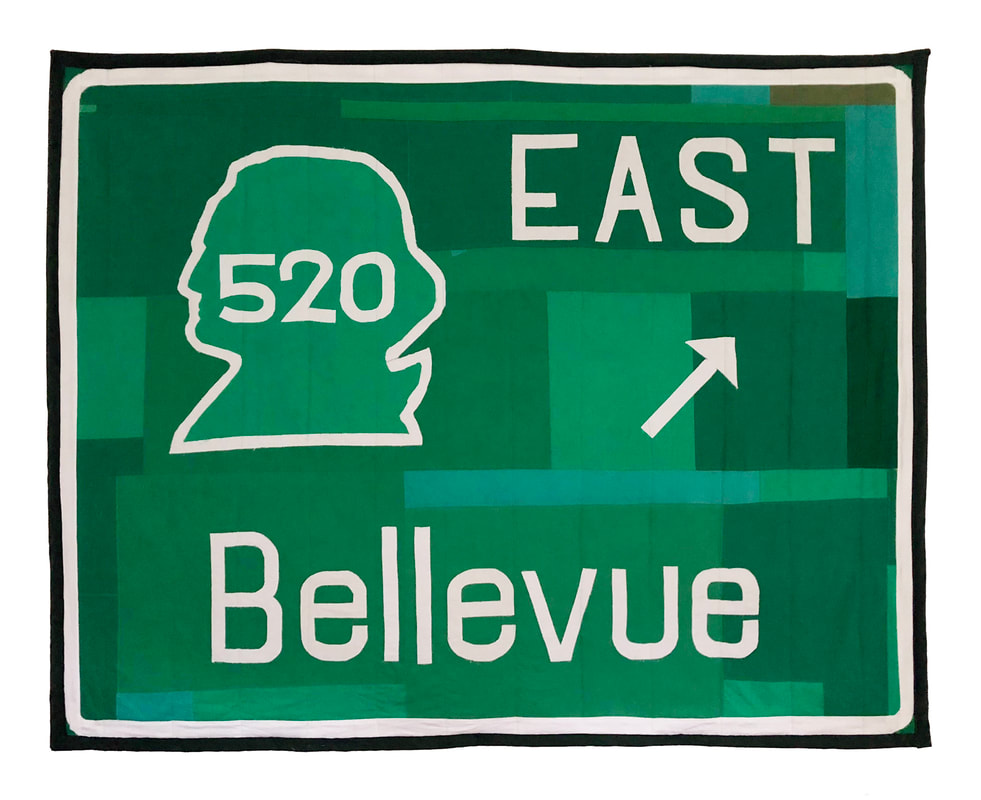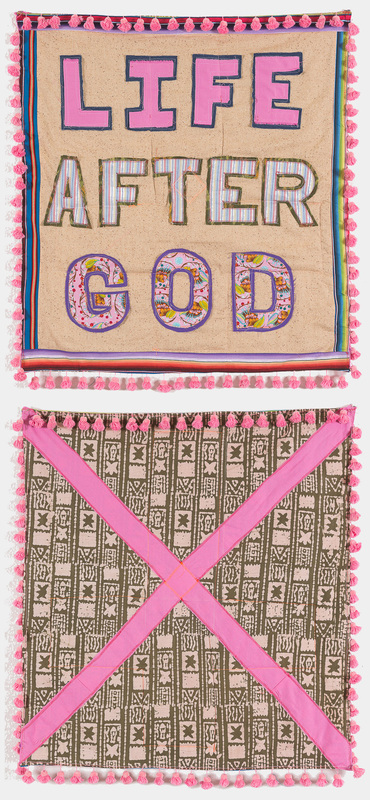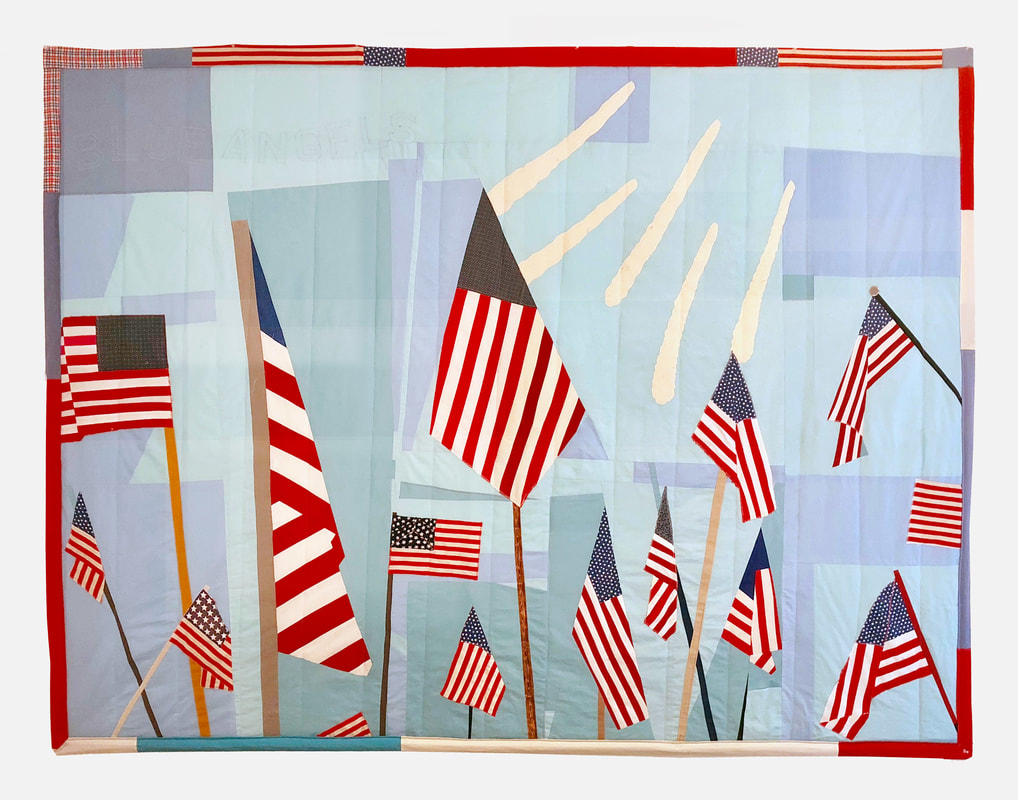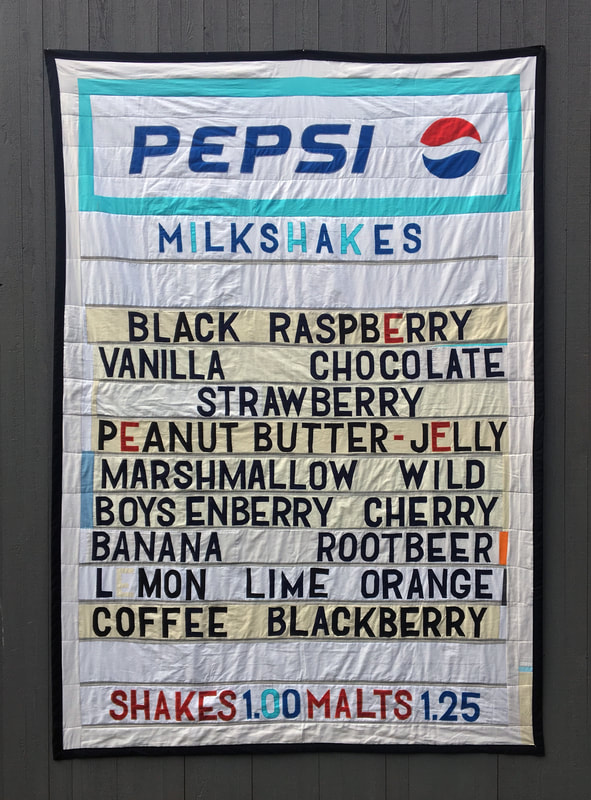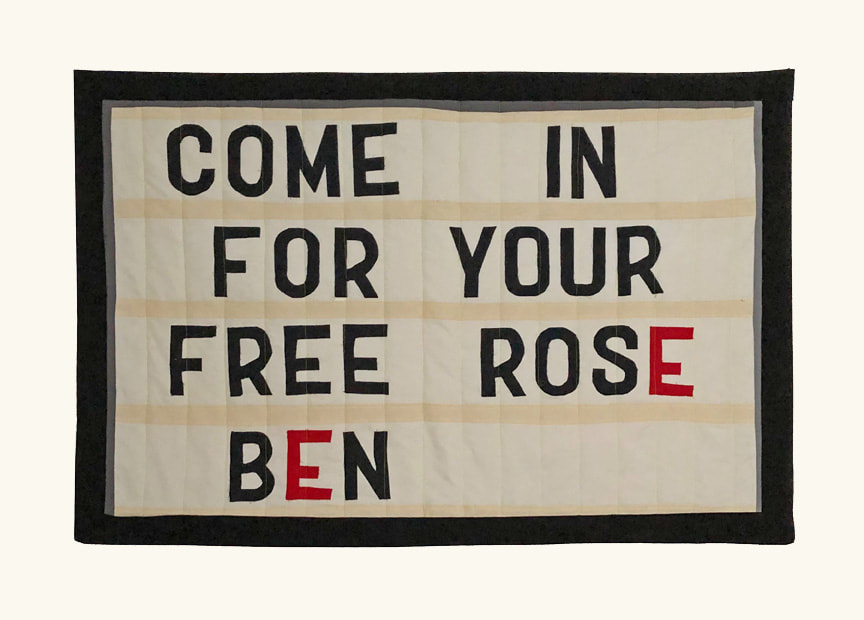Q&A: Joey Veltkamp
August 8, 2019 | By Rafael Soldi
Joey Veltkamp makes soft paintings which aim to comfort their intended audience. His work has been shown at Seattle Art Museum, Frye Art Museum, Tacoma Art Museum, Greg Kucera Gallery, SOIL, and other galleries throughout the Northwest. After twenty years in Seattle, he now lives in Bremerton, Washington with his husband where they host an experimental art space called cogean?
Rafael Soldi: Hi Joey, thanks for chatting with us.
Joey Veltkamp: Of course! I’m super excited. Thanks for taking the time.
RS: Can you tell us a bit about your journey to becoming an artist?
JV: Yes, I came to art in a roundabout way. I was working as an admin at a dot-com and my boss got me a gift certificate to the closest store (which at the time, was Seattle Art Supply) back in 1999. There was a beginning oil painting kit that was calling to me and I decided to take a chance and try painting. I had some friends who were art-majors in college and when they came over to pick me up for happy hours, they’d pop in for a drink and what were essentially mini-crits. “This is working.” “Why this?” And finally in 2006, I had my first solo show, which was at my friends’ restaurant. And by 2009, I’d say my voice had more or less emerged. I think the title the fits the best is ‘gay folk artist’.
RS: Early on you begun marking “blanket drawings”. What do these mean to you?
JV: My blanket drawings were almost ‘automatic’. I was going through a rough patch and they just started pouring out. I think there’s something extremely comforting (literally, they’re called comforters) about blankets and quilts and I think they were an attempt to self-soothe.
Bear (pink), 2012, colored pencil on archival paper
RS: Not only is fabric difficult to draw, but you made 150 drawings in one year. Later on you moved on to quilting, itself also a laborious process. Is there a compulsive or obsessive element to your practice?
JV: Haha, yes, I think it’s fair to say that I might have some compulsive tendencies when it comes to my art, especially historically. I would say that when something catches my eye, I tend to fall hard. But as I get older, I feel like I’m getting a little closer to balance. Or at least recognizing there are seasons & patterns to things. Summer is great for gardening now, which is really just my newest compulsion!
RS: Your fabric works (aka soft paintings), which started as quilted flags and later large-scale quilts often employ text and, to the layperson, seem to wax humor and optimism only. However, these affirmations often mask a certain darkness. What interests you about meeting life’s bleak underbelly with lighthearted positivity? Is one more importan than the other, or do they work in tandem?
JV: Yes, the soft paintings are a bit deceptive because they lure you in with bright colors and the text, but then if you spend a little more time with them, you realize they’re more ambiguous than you might have initially thought. I think that life can be awful, but I also think that life can be beautiful. And when I focus on the beauty, I feel guilty for not doing enough to call out the bad stuff in the world. And when I just focus on the bad stuff, I feel bad for not being more thankful for all the good things. So again, it goes back to the idea of balance. I try to make work that walks the line between hopeful and hopeless, because I spend a lot of time there.
RS: Your choice to make your soft paintings double-sided speaks to this idea of every situation having an “A side” and a “B side”. Have you encountered any challenges with how people encounter or interact with double-sided works?
JV: Yes, exactly, the soft paintings are a perfect medium for marrying often contradictory ideas together. I initially made all the pieces with a front and a backside. Sometimes the both sides held equal weight, but typically the side presented was the A-side (much like 45 records). But not everyone liked that. In fact, it made many folks uncomfortable because they didn’t know which side should be out. I never worried about it too much because I knew it was there and it didn’t really matter if other folks knew about it, but enough people complained that I finally became less interested in doing it. I always thought, “hey, you get 2 pieces for the price of 1!”
I did this weird series of “Dessert Flags” for a local museum’s annual fundraiser and one of them had a quilted image of a piece of cherry pie on the front and on the reverse, it just said, ‘PIE!” on a field of American Flags. The collectors who bought that piece keep it on the picture side most of the year, but flip it over to the “PIE!” side around the 4th of July. I loved how they not only embraced the duality, but they created a special ritual around it.
Pie à la Mode. Fabric, batting, and thread
RS: We had an interesting conversation about this idea of regionality. We agreed that Seattle, our home, often struggles to prove it’s place in the world, rather than embracing its regional identity. Many of your recent works celebrate Northwest identity and motifs.
JV: I think it’s a shockingly beautiful area and also very eerie at times. Summers are a glinty stream of sunbeams and sparkling water with endless blue skies. And the rest of the year can be a monochromatic gray. And now due to climate change and forest fires, we have these apocalyptic weeks in August where the sun turns a fluorescent pink-orange. It’s just such a beautifully strange place that inspires folks like David Lynch (Twin Peaks, Blue Velvet) and Bill Gates. We had pre-Roswell UFO sightings, popularized modern coffee culture, and were the birthplace of grunge. For years, we were this insecure / insular little pocket up in the northwest corner of the country. I loved that. I think there’s a lot to celebrate in that. I love the idea of regionalism and how it presents itself in the Northwest. And when we moved to Bremerton (which is accessible via an hour long ferry ride of 17 miles), we suddenly had this intense accidental relationship to nature. As part of our daily commute, we've seen orcas, sea lions, and seals. It just made me fall in love with the Puget Sound all over again.
RS: And all this is mirrored in your work. Many pieces could only be recognized by someone who lives here, such as the works featuring the plaques with the names of the ferry vessels, the 520 Bellevue exit sign, or our mountains, evergreen trees, and lakes.
WASHINGTON STATE FERRIES, 2018 Fabric, batting and thread 102 x 90 inches
RS: You and your life partner, Ben Gannon, launched cogean?, a gallery set in your home in Bremerton, Washington. What’s the mission of this pace, why does it have an expiration date, and what’s with the question mark?
JV: While there’s much to love about all of Seattle’s changes in the past five years, Ben and I found that it was getting a just bit too hustle-y & bustle-y for us. We needed things to be a little smaller, a little more navigable, and a little cheaper. The current artistic diaspora had most folks heading south to Tacoma, but we’re not big drivers, so we wanted to avoid the highway. We took a ferry ride out to Bremerton and instantly fell in love with its casual charm. It’s also full of creative energy and people, who are very enthusiastic! Since we’re not on Facebook, we weren’t really even sure how to connect to folks, especially other artists. We didn’t want to say goodbye to the life that we had built in Seattle, so we wondered if there might be a way to bridge all of that through a project. We arrived at the idea of a gallery that was both an experimental art space and collaboration between us. Our goal is to provide a hospitable venue for engagement with contemporary art across a variety of media and foster relationships between Bremerton and the larger Pacific Northwest creative community.
Above: cogean?, in Bremerton, WA
There are many good reasons for short-lived projects and cogean? was originally just going to be a one-year inquiry into Bremerton’s arts community (that’s the reason for the question mark – cogean? was an inquiry). But folks were so nice that we realized we wanted to extend it an additional year, so the project will end in December of 2019. We will have hosted ten 6-week exhibitions from regional artists (Bremerton x4, Seattle x3, Tacoma x1) and even two visiting artists (NYC, Austin). While we absolutely love hosting the exhibitions, we are very, very excited to pull up carpets and refinish the floors of our 100+ year old home and purchase a couch and sit and watch fires and read books and host dinner parties in what is now the gallery. We’re actually really not that social and each exhibition has at least 3 parties (with food + beverages), so it’s definitely kept us social! But cogean? will probably be quiet recharging and brainstorming in 2020, and then I’ll bet we’ll be ready for our next public art project.
RS: Joey, let’s talk about empathy! Why is being kind to people such an important part of what you do?
JV: Hmm, I wonder about this a lot myself. I think because the world can be so inhospitable to some folks, I tend to focus on work / projects that can provide respite from that. I was given up for adoption at birth and then my parents divorced at age 3. Because of that, I doubted stability and tried to be a really “good kid” because I knew that it could all end at any moment. I think that, coupled with being a queer kid, ignited a strong sense of empathy.
Ben and I were very intentional when we created the gallery that it was meant to be a communal place. A place where you’d be always come away fed and hopefully nourished. We’ve both had some weird art experiences and we wanted to see if it was possible to create a more loving model where our role is strictly to support and encourage artists.
Matthew Offenbacher exhibition at cogean?
RS: Thank you for taking the time to share your work with us. What’s next for you and Ben?
JV: We've kind of been running these past couple of years since leaving Seattle and I think we're both looking forward to settling down a bit and leaning into new slower rhythms. We're both obsessed with the garden this summer and have big plans for the next year. And we can't wait for fall because that always means a return to the studio.
All works © Joey Veltkamp





